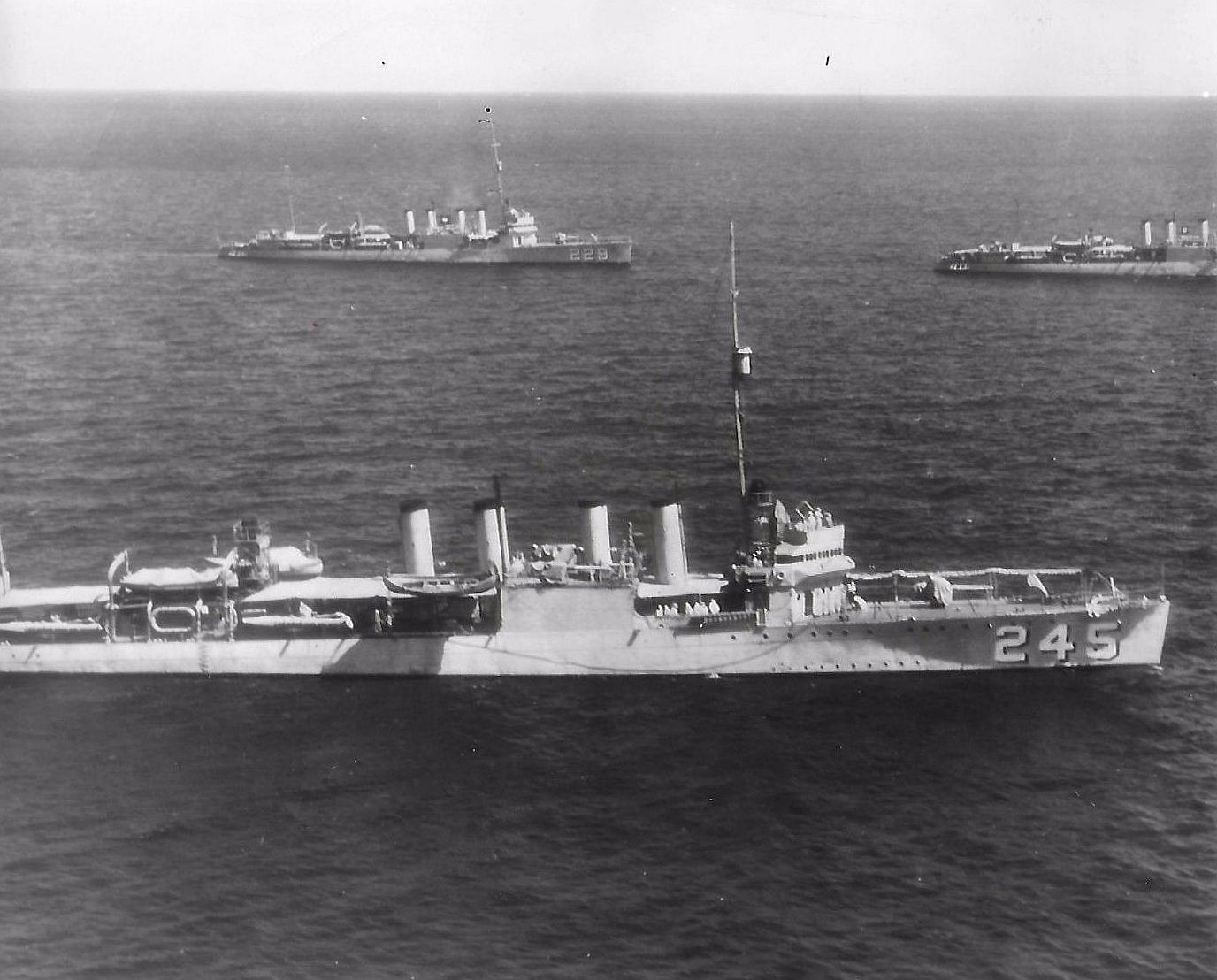

The technology behind steel armour went from simple carbon steel plates, to increasingly complex arrangements with variable alloys. Iron armour saw wide use in the 1860s and 1870s, but steel armor began to take over because it was stronger, and thus less could be used.

The materials that make up naval armour have evolved over time, beginning with simply wood, then softer metals like lead or bronze, to harder metals such as iron, and finally steel and composites. Sloped armour and belt armour are designed to protect against shellfire torpedo belts, bulges, and bulkheads protect against underwater torpedoes or naval mines and armoured decks protect against air dropped bombs and long-range shellfire. Naval armour consists of many different designs, depending on what the armour is meant to protect against. The emergence of guided missiles in the last part of the 20th century has greatly reduced the utility of armor, and most modern warships are now only lightly armored. Vast quantities of heavily armoured ships were used during the World Wars, and were crucial in the outcome. The emergence of battleships around the turn of the 20th century saw ships become increasingly large and well armoured. The first ironclad warship was created in 1859, and the pace of armour advancement accelerated quickly thereafter.

Korean and European ships began to use some iron plating in the 1500s. As weapons evolved and became more destructive, naval armour became an important part of warships. Naval sailing ships have had protection from weaponry since at least ancient times, when Greek and Roman warships used simple cladding. Naval armour refers to the various protections schemes employed by warships, and is distinguished from other kinds of armour.


 0 kommentar(er)
0 kommentar(er)
